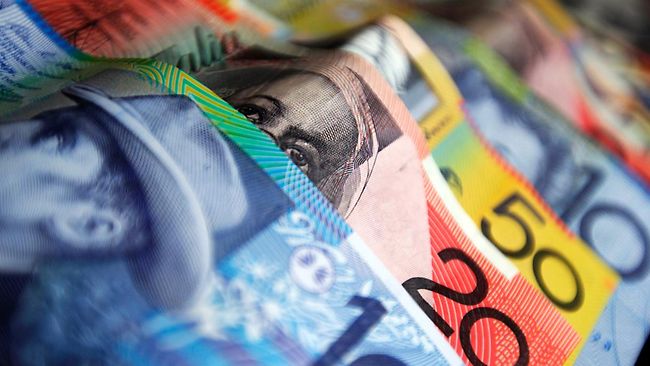In his 1935 treatise The General Theory of Employment, Interest and Money, John Maynard Keynes made a significant contribution to modern economics.In it, he argued that governments must do whatever they can to prod their economies out of recession.Memorably, he advocated burying banknotes in disused coalmines and selling licenses to prospectors who would hire workers to dig up the cash.
Now, America has given Keynes’s concept a technological update for the 21st century.The Federal government will build small drone aircraft to spy on its citizens and at least one local authority – Deer Trail in Colorado – intends to sell $25 licences to hunters who will try to shoot them down in return for a $100 bounty.Everyone’s a winner; the drone manufacturers and their employees, the local authority with its licence revenue, the stores where the hunters will spend their bounty money, the citizens who will avoid intrusive surveillance (unless they use the internet) and, of course, the US economy’s manufacturing and services sectors.
The effects of the project will not yet have fed through to the US economic data but even so, the purchasing managers’ indices for manufacturing and services were both in better shape last month than they have been for some time.Last Thursday’s manufacturing PMI surprised investors with its highest reading since April 2011; yesterday’s services index was the highest for a year and three points better than expected at 56.0.The news sent the dollar temporarily higher but Friday’s disappointing employment data were still fresh in investors’ minds and the rally did not carry through.
It was a different matter with the UK services PMI, which blew away analysts’ forecasts with its highest reading – 60.2 – since December 2006.On top of last week’s stronger manufacturing and construction PMIs, and supported by the British Retail Consortium’s report of 2% year-on-year sales growth, the data suggested Britain’s economic recovery might be more than a political fiction dreamt up by Downing Street spin doctors.Sterling had little option but to respond positively to the news and it rose by three quarters of a cent against the euro and the US dollar.
It was not the day’s top performer though.That honour went jointly to the Australian and NZ dollars, both of which strengthened by about a cent against the pound.With the Kiwi, investors scaled down their assessment of the economic damage likely to be caused by selling poisoned milk to China.For the Aussie, the Reserve Bank of Australia’s decision to cut its Cash Rate from 2.75% to 2.5% was apparently widely anticipated and the RBA’s failure to hint at a subsequent cut was enough to provoke a short-covering rally. How would this effect people who wish to send money abroad? Overseas money transfer services such as Moneycorp are best placed to know.
This morning sterling will be squarely in the firing line when the manufacturing and industrial production data come out at half past nine.In recent months these figures have been a recurrent disappointment, showing falling or stagnant output despite positive PMI readings.Today’s numbers are all forecast to show expansion.The risk to sterling is that investors will have been fired up by the strong PMI data and will be expecting great things.Figures that are merely respectable and workmanlike might be a disappointment to investors and the pound.For more information visit Moneycorp.
|
Technical Levels |
||||||
|
EUR/USD |
GBP/USD |
GBP/EUR |
||||
| Resistance: | 1.3415 | 1.5435 | 1.1800 | |||
| Support: | 1.3150 | 1.5100 | 1.1445 | |||
|
|
||||||
|
Major economic releases due today |
||||||
|
LAST |
EXPECT |
|||||
| UK Manufacturing Output (June) | -0.8% | 0.9% | ||||
| UK Industrial Output(June) | 0.0% | 0.6% | ||||
| US International Trade (June) | -$45bn | -$43.5bn | ||||
|
Sterling Today |
||||||
| Euro | 1.1570 | |||||
| US Dollar | 1.5330 | |||||
| Australia Dollar | 1.7075 | |||||
| Canadian Dollar | 1.5895 | |||||
| New Zealand Dollar | 1.9515 | |||||
| UAE Dirham | 5.6315 | |||||
| Swiss Franc | 1.4250 | |||||
| Rand | 15.1000 | |||||
| Yen | 151.15 | |||||
| Egypt | 10.7280 | |||||
|
Date (e.g. 24/2/11) |
Time (e.g. 16:27) |
|||||
| Indicative rates as of |
06/08/2013 |
07:55 |
||||

